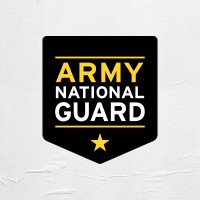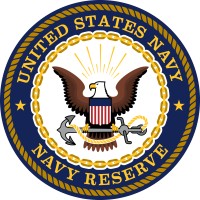
Army National Guard
Welcome to the Army National Guard's page on LinkedIn. The Army National Guard, also known as the National Guard, is one component of The Army (which consists of the Active Army, the Army National Guard, and the Army Reserve). National Guard Soldiers serve both community and country. Our versatility enables us to respond to domestic emergencies, overseas combat missions, counterdrug efforts, reconstruction missions and more. If you are interested in learning more about the career opportunities and educational benefits made possible through service in the National Guard, visit www.NATIONALGUARD.com or talk with our team today at https://bit.ly/2uXk12R. For those seeking official information and news tied to the Army National Guard, visit www.ng.mil.






